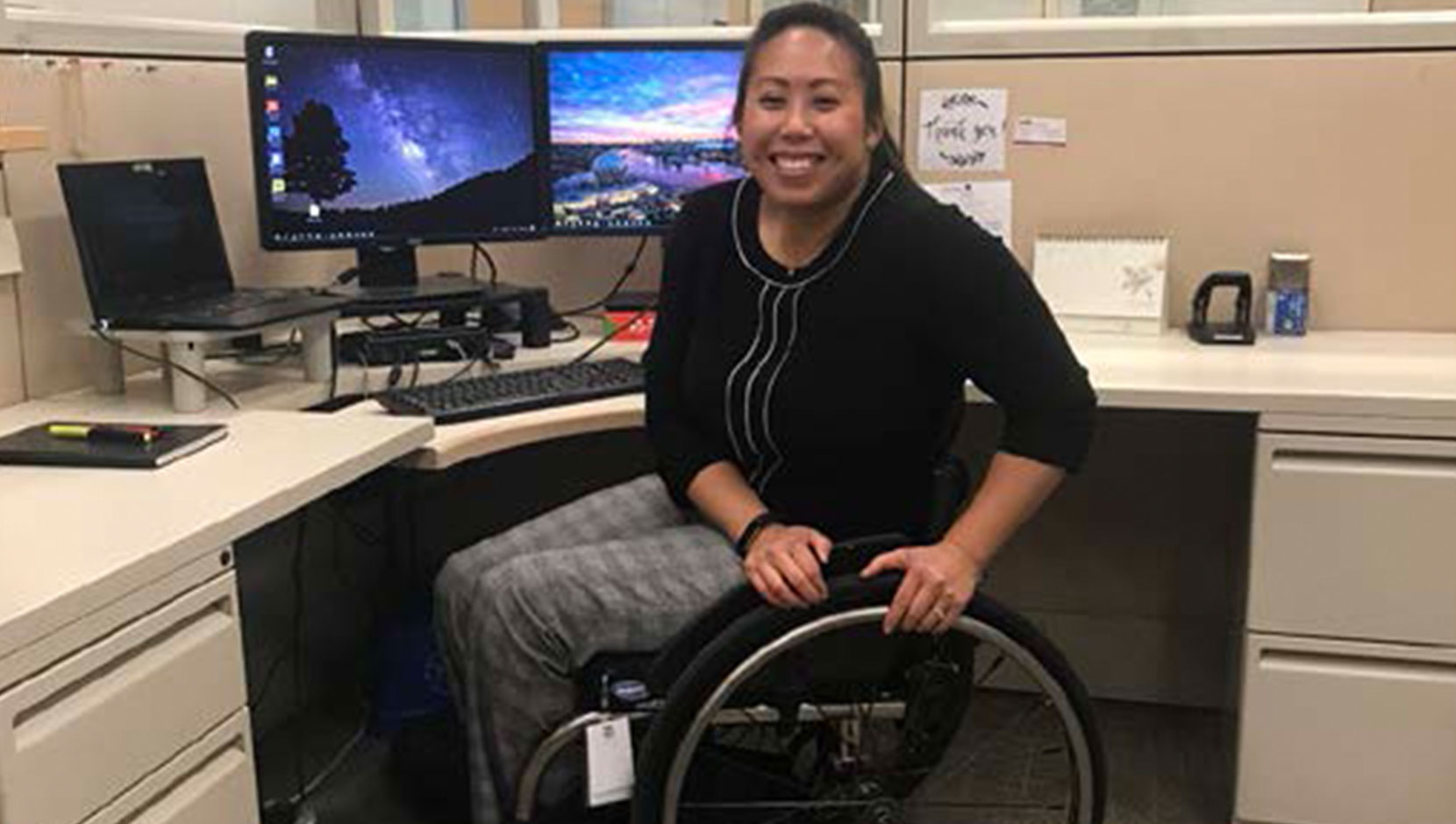Amanda’s Story: Determination Led to Career in Accounting


Amanda acquired a disability as an adult, and now uses a wheelchair. Re-learning how to live life sharpened her skills in innovation and problem solving. Amanda discovered she had skills in accounting and analysis as well, which led her to a job at EY.
On April 19, 2008, Amanda and a few of her friends went snowboarding up at Whistler Blackcomb. On the last run of the day, while Amanda was heading to the lift, the edge of her snowboard got caught up in something. She started to slide but couldn’t stop and was going so fast that before she knew it, she was going over an edge. Amanda fell off a cliff—a ten story cliff—she was airlifted to the hospital and was told the chances of walking again were slim to none. In a matter of minutes, she had sustained a spinal cord injury resulting in the paralysis of her lower extremities. This would re-shape the course of her life onwards.
At the time of the accident, Amanda was studying Health Sciences at SFU. The life-altering injury led her to take a break from school. She was in inpatient rehab for three months, learning how to live with a spinal cord injury and how to use a wheelchair. She had to learn how to get around in a wheelchair and how to overcome outdoor obstacles such as climbing hills, jumping up and down curbs, going up and down escalators, how to transfer her body to and from her chair to the bed, bathtub, car, etc. without having the use of her legs.
As Amanda transitioned from rehab to home, she started to do bookkeeping for her aunt—work she could do from home. She worked for her aunt for two years, gaining skills in basic accounting.
After working from home for a couple years and getting used to her new life, Amanda decided she wanted to get back to being active. Prior to her accident, she was an athlete and used to snowboard and play soccer and volleyball. Her boyfriend at the time (who became her husband) had suggested she try wheelchair basketball—she had tried it briefly at the rehab centre and enjoyed the experience, and she decided to do just that. She worked with a coach and started to learn this new sport. Amanda, a natural athlete, excelled in the sport and was invited to a national team training camp in January 2013 and made the Canadian national team at the first tryouts. Her goal was to play in the 2016 Paralympian Games.
Training was time consuming and difficult, especially for Amanda who had made the decision to go back to school as well. She was finishing her health sciences degree at SFU, and then took the Diploma Accounting Program (DAP) at UBC. Amanda’s determination and hard work led to two victories—winning the Women’s Wheelchair Basketball World Championships in 2014, and ultimately competing in the 2016 Paralympian Games in Rio.
Knowing that she wanted to transition from being an athlete to working as a Chartered Professional Accountant (CPA), Amanda started to attend networking events focused on life after sport. It was at an event in 2016 that she networked with various individuals inside and outside of the sporting world and was introduced to a partner at EY, Sam. Sam and Amanda kept in touch, and fast forward 2 years—Amanda was working at EY.
“When I attended the Big 4 firm information event, I could immediately tell EY was different,” Amanda comments.
“They talked about their business, but it was clear that their unique differentiator was how diverse and inclusive they were. Their message was all about their people.”
“What I learned in the last decade is how cautious people are of interacting with me. They tiptoe awkwardly around me as if they are unsure how to treat me or speak with me. They are unsure of how much help I may need. What I want people to know is that I am self-sufficient and don’t normally need help and will ask for help if needed. The best approach is to just ask the individual if they require any assistance instead of assuming what is best for them. For any person, only the individual will know what works best for them.” says Amanda.
When asked what adjustments EY makes for her, she listed:
- She was given a desk on the floor with an accessible washroom.
- Though many of her peers hotel between desks on the various EY floors, she has an assigned desk that meets her needs.
- Whenever she gets booked on an audit, her firm asks the client about the accessibility of their location. If not accessible, EY works through an alternative option (bringing the files to an accessible room), or switching clients with a peer.
- They provided an ergonomic assessment to ensure her desk and computer are set up in an accessible way.
“I truly appreciate working at EY because I know they want me to succeed. One evening, while working late, the one elevator was not working and it was hard for me to get back up to my office from the mall floor after having grabbed dinner. I mentioned this to EY and they were on the phone with the building manager as soon as I mentioned it.
EY advocated for me. This small gesture shows how much they care about me, and my success here – and it makes me proud to work for a great company that cares about their people, in turn, I work harder for them every day.” says Amanda.
Amanda has since moved on from her role with EY. This piece has been edited to reflect this and is kept on our site with her permission.
